Thrive Coaching Academy
Where We Don’t Just Live, We THRIVE!
Evidence-Based Methodology
Personalized Workout Programming
Coaching & Accountability
Don't Settle for Fad DIets
Don't settle for 6 week weight loss boot camps, cookie cutter training plans, and lackluster results. Choose Thrive coaching to learn how to transform your health the RIGHT way! No starvation necessary!
workouts
We customize a training routine that will help you hit your specific goals based on where you want to workout, what equipment you have, and how much time you have available.
Nutrition
We teach you how to nourish your body with no restrictions or starvation necessary. We use a combination of meal plans, food tracking, and lifestyle coaching to build a bulletproof nutrition routine.
Mindset
We teach you mental and emotional resilience techniques to help you be more consistent and focused. Learn how to let go of the past and harness the power of today.
Lifestyle
We teach you how to make the necessary lifestyle adjustments so that you'll not only get results while working with us, you'll be able to sustain those results for life!
FEATURED THRIVERS!
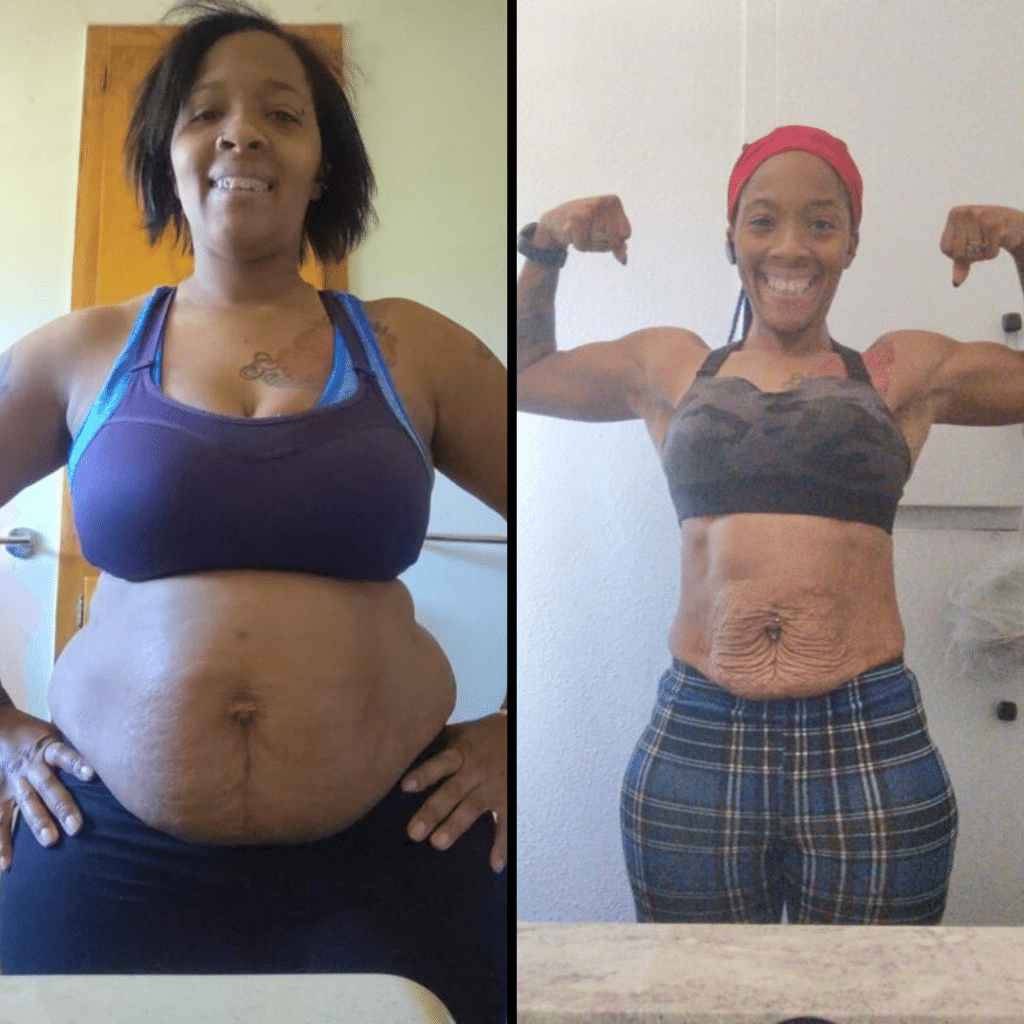
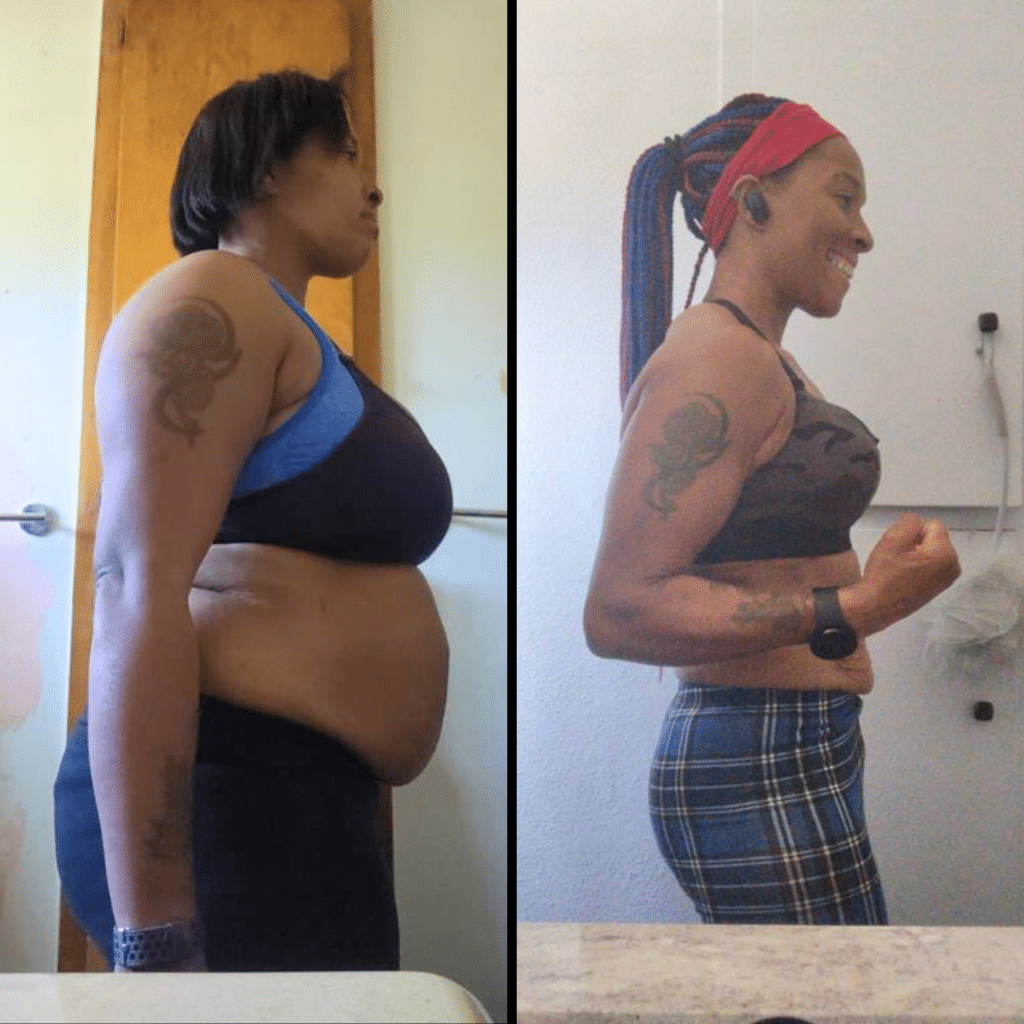
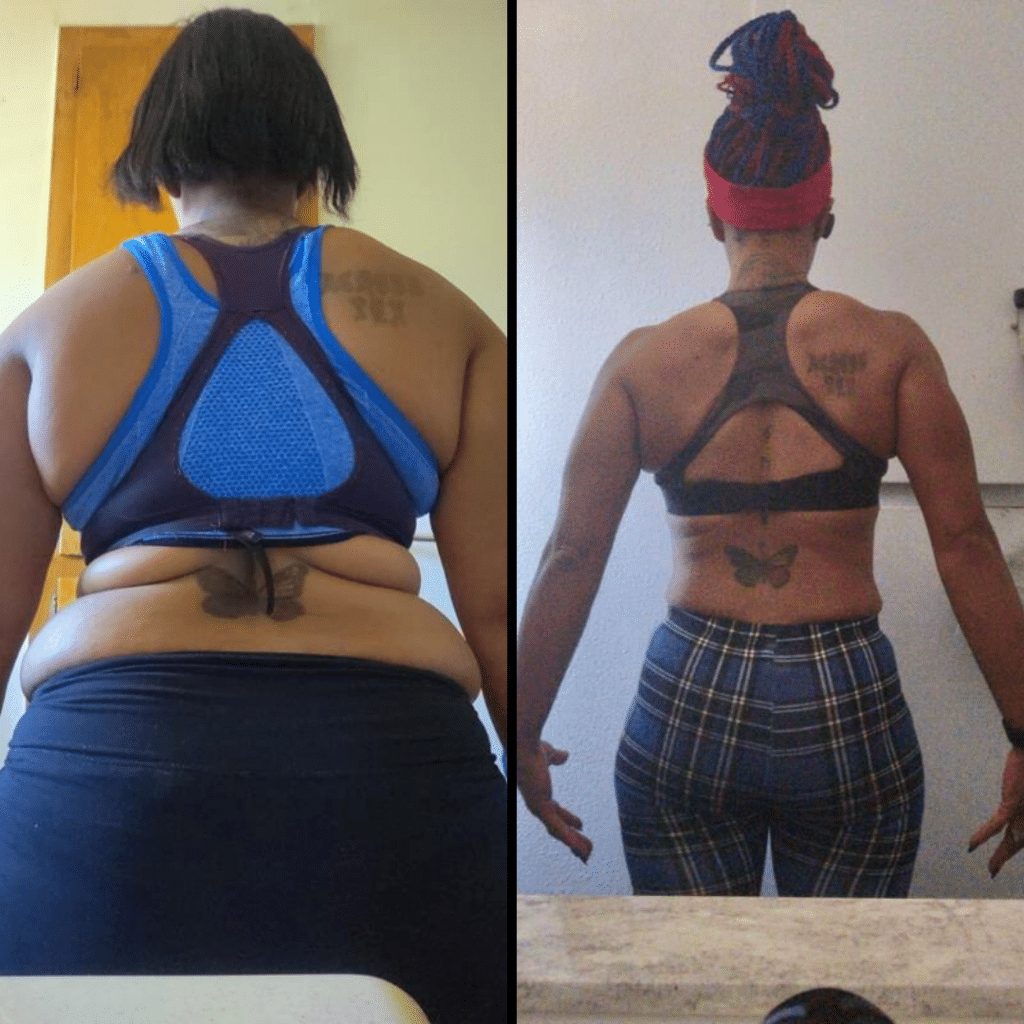
Rasilia
Previous Client
Our client Rasilia lost 65lbs in 18 months while being a fully plant based eater!
She came to us after having her fourth child while being a single mom. She had a hard time building momentum, structure, and discipline to improve her health. She started out with just three simple home workouts per week while we helped her dial in her eating habits. Month after month we progressed her training and nutrition plan to help her shed body fat and build strength! Now she’s truly thriving!
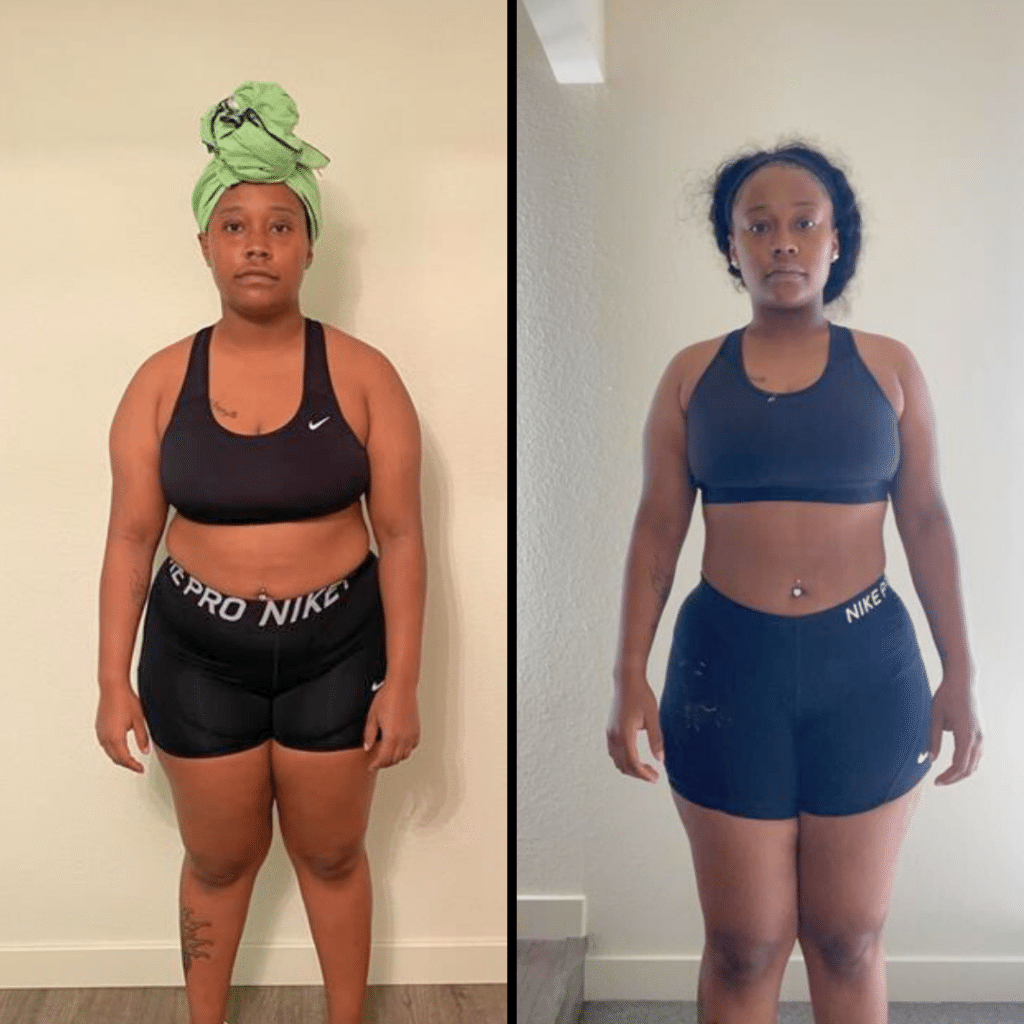
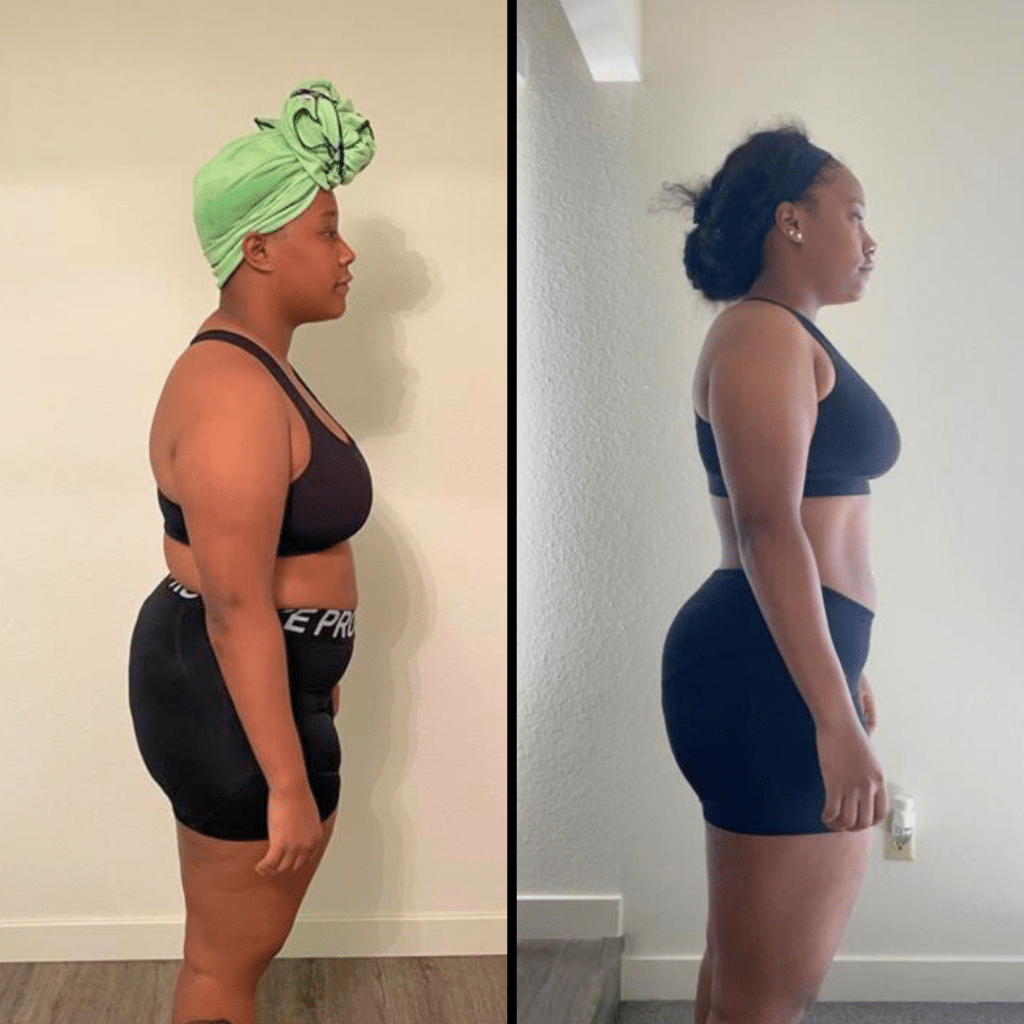

Ariel
Previous Client
Our client Ariel was able to lose 30lbs in 16 weeks
She wanted to drop body fat while toning up so she could improve her conditioning to pass her Navy physical fitness tests. We programmed in three home-based workouts per week with just a simple set of resistance bands. She didn’t know what to eat, how much to eat, or when to eat. We built an amazing nutrition plan for her and her body responded!
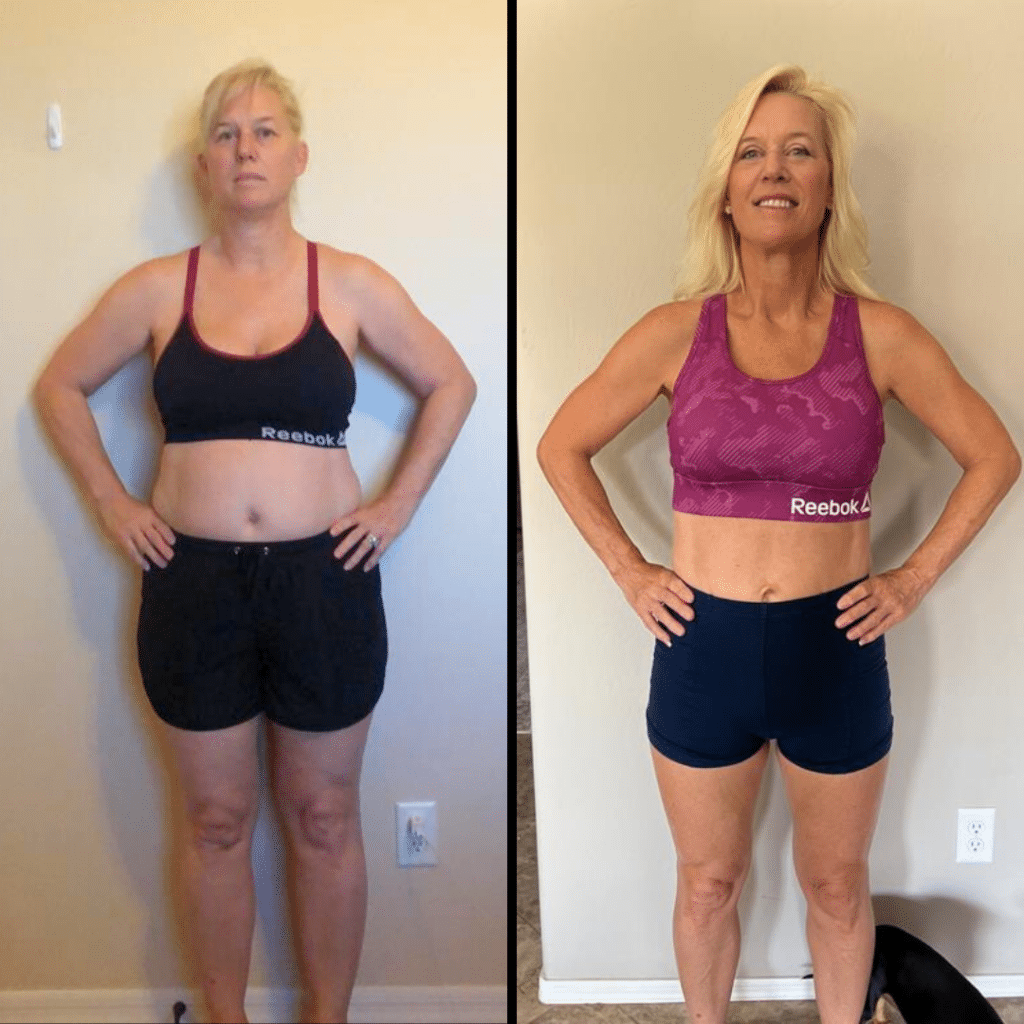
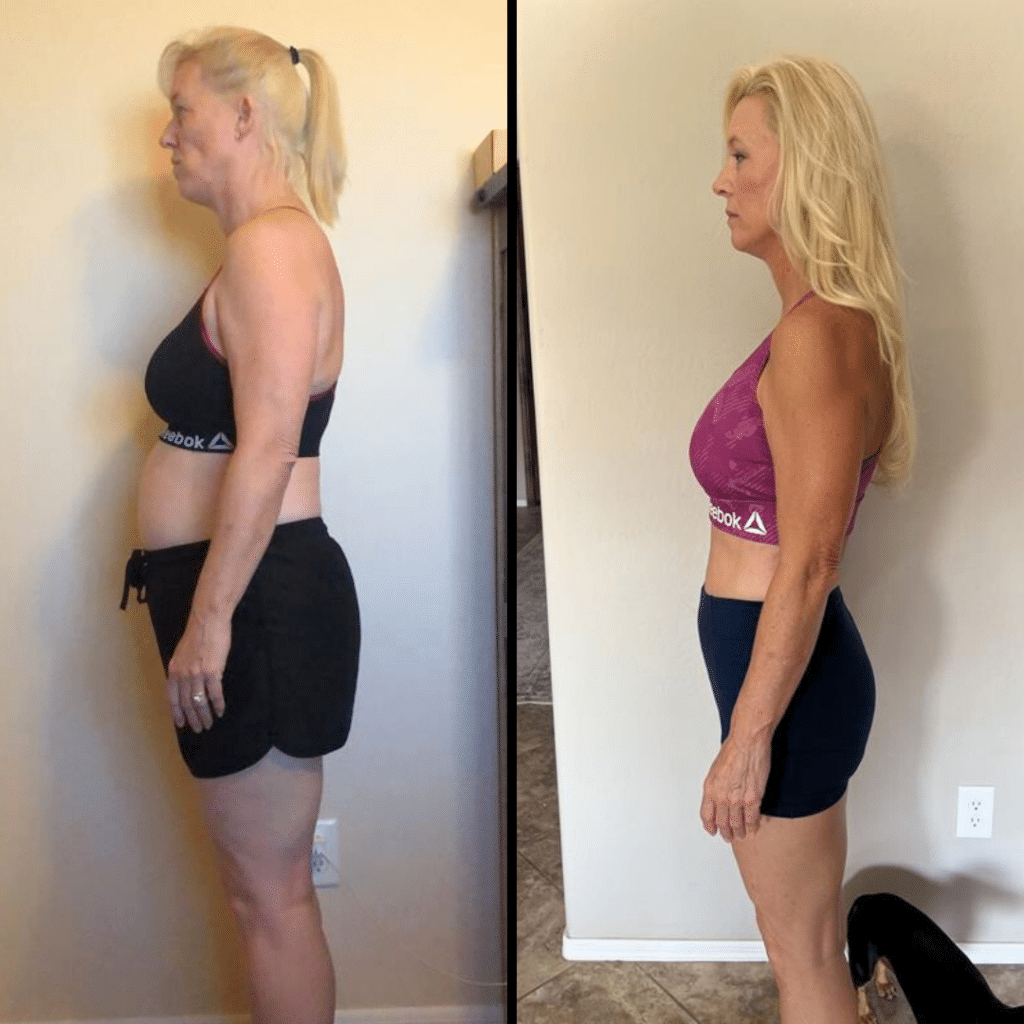
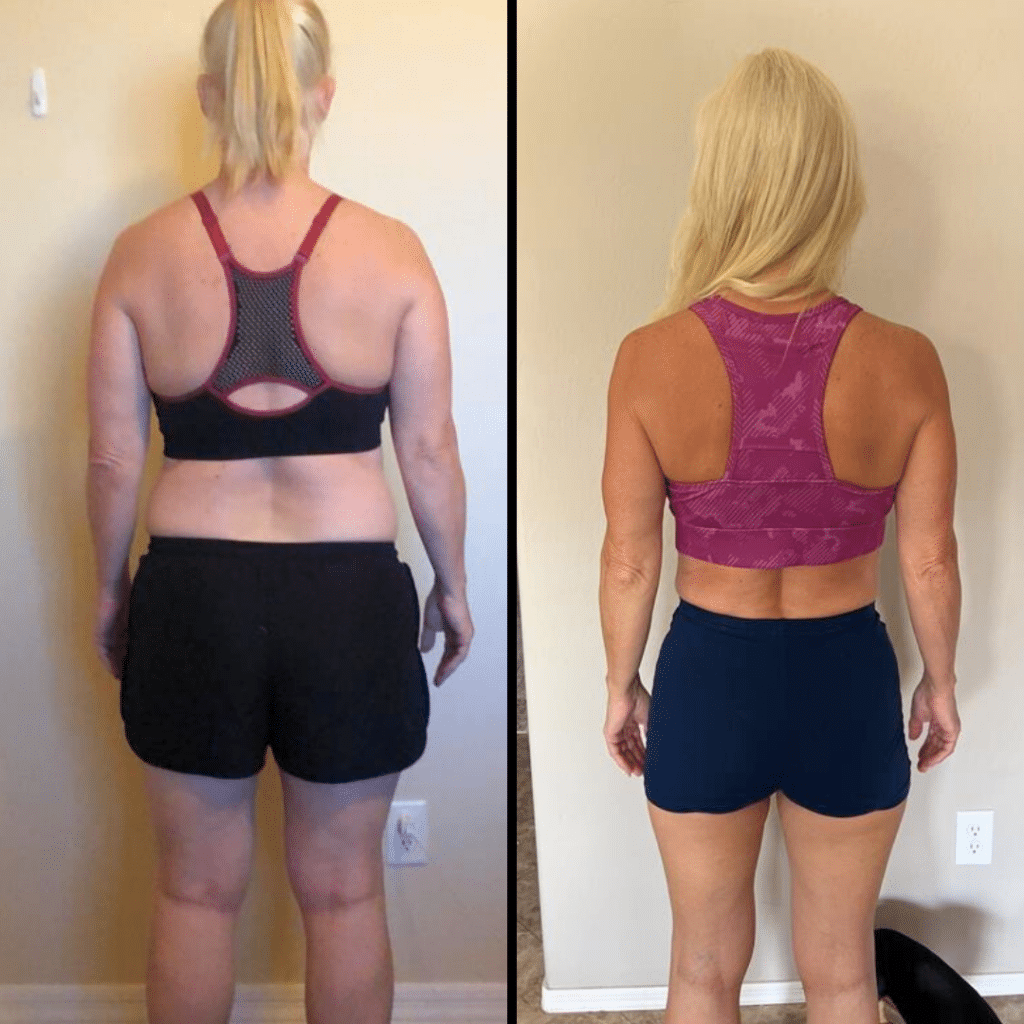
Cristen
Previous Client
CRISTEN lost 30lbs in 11 months
She was a victim of yo-yo diets, fad diets, and harsh/restrictive eating plans. Her metabolism was slow so we helped her start to nourish her body with the right foods and proteins. We taught her how to do less cardio and focus more on strength training. She was able to drop body fat while building muscle tone. Now she has a much better relationship with food and she’s not only 30 lb lighter, she’s been able to keep it off!
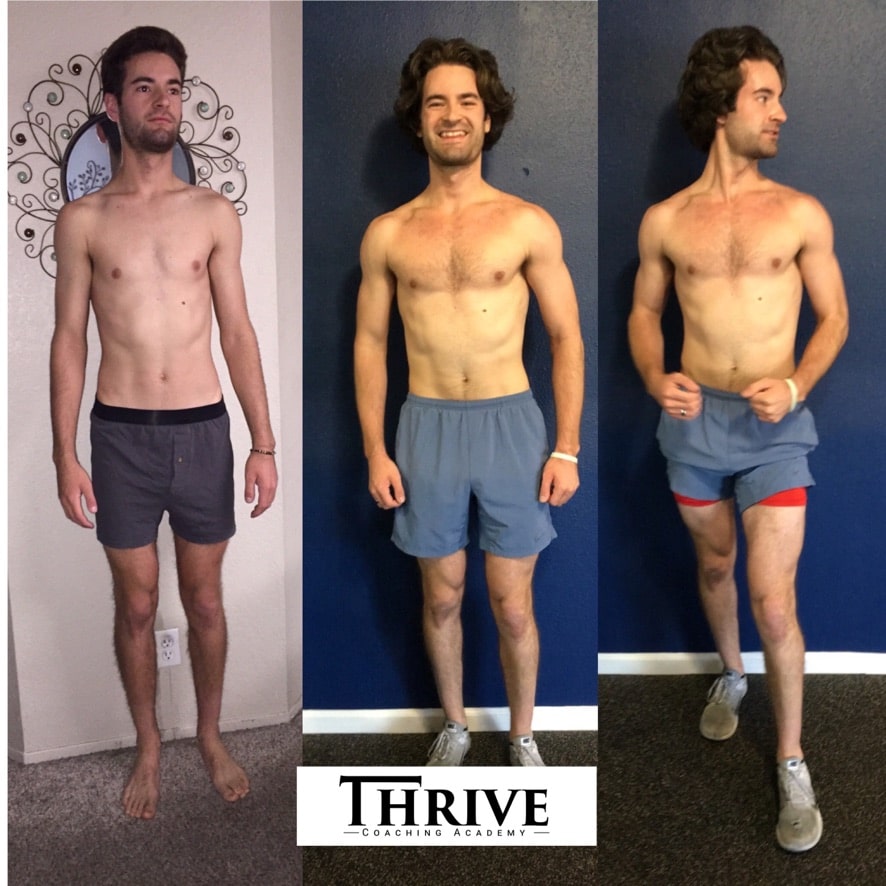
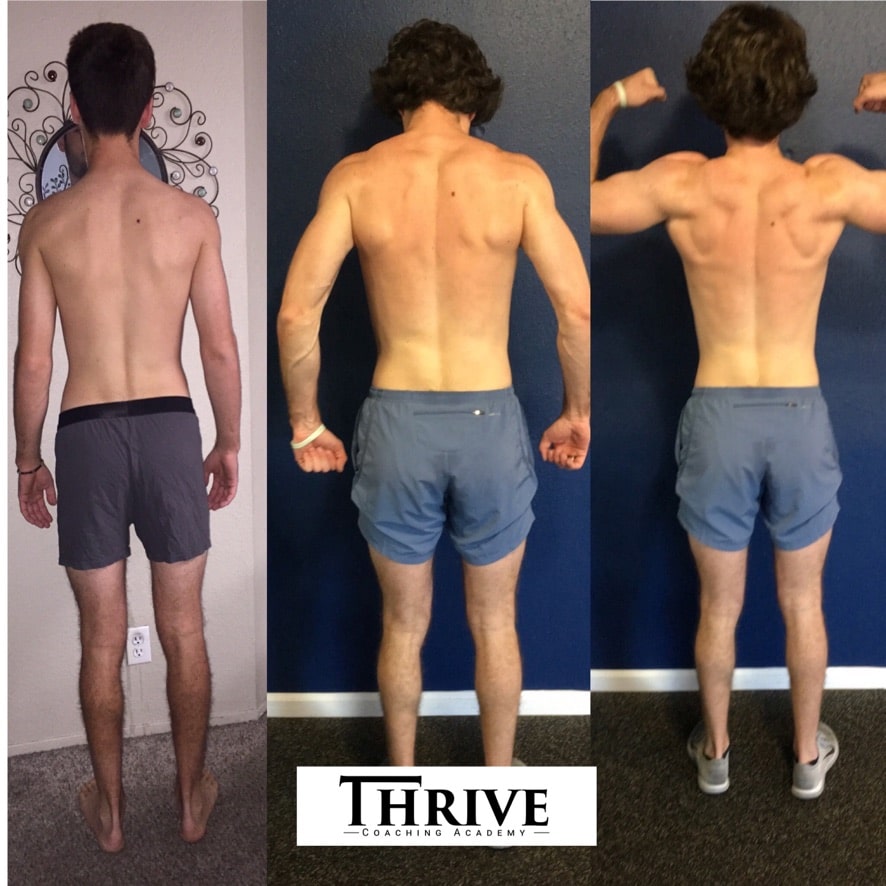
Rick
Previous Client
Our client Rick built 10lbs of muscle working with us.
Rick struggled with not having any structure in his strength training workouts. He wasn’t tracking his workouts and he wasn’t progressively getting stronger. He was eating too much junk food and at sometimes not eating enough food. We taught him how to hit calorie and protein targets to get his body to start packing on quality muscle. We structured his strength training routine to help him track his workouts and make steady progress.
Does this sound familiar?

You're not happy with where you are currently with your fitness...
Still want to indulge in the “bad” foods that you love, like pasta, pizza, and ice cream without feeling guilt and regret?
Do you want to enjoy your workouts without having to live in the gym or grind through grueling sessions that leave you feeling beaten up and burned out?
Do you finally want to arrive at a place where you’re happy with who you are and what you’re doing?
If so, you’ve come to the right place..
What if I told you that you're just one decision away from the results you've been looking for...
Imagine waking up every morning, looking and feeling fit, strong, and powerful!
Imagine in just a few months from now being able to take your shirt off at the pool or wear that sexy swimsuit with confidence while having morning to night energy to tackle your day.
Imagine actually looking forward to your workouts because of how GOOD you feel each session.
Imagine having an amazing relationship with food while feeling relieved that you no longer have to worry about your waist size or how you look to others.
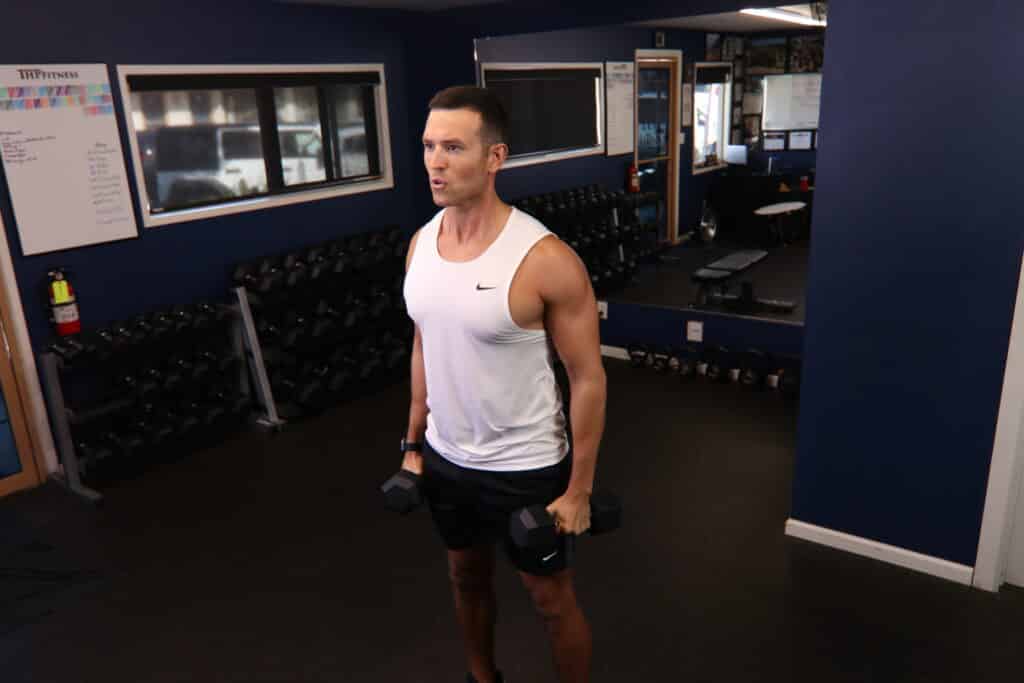
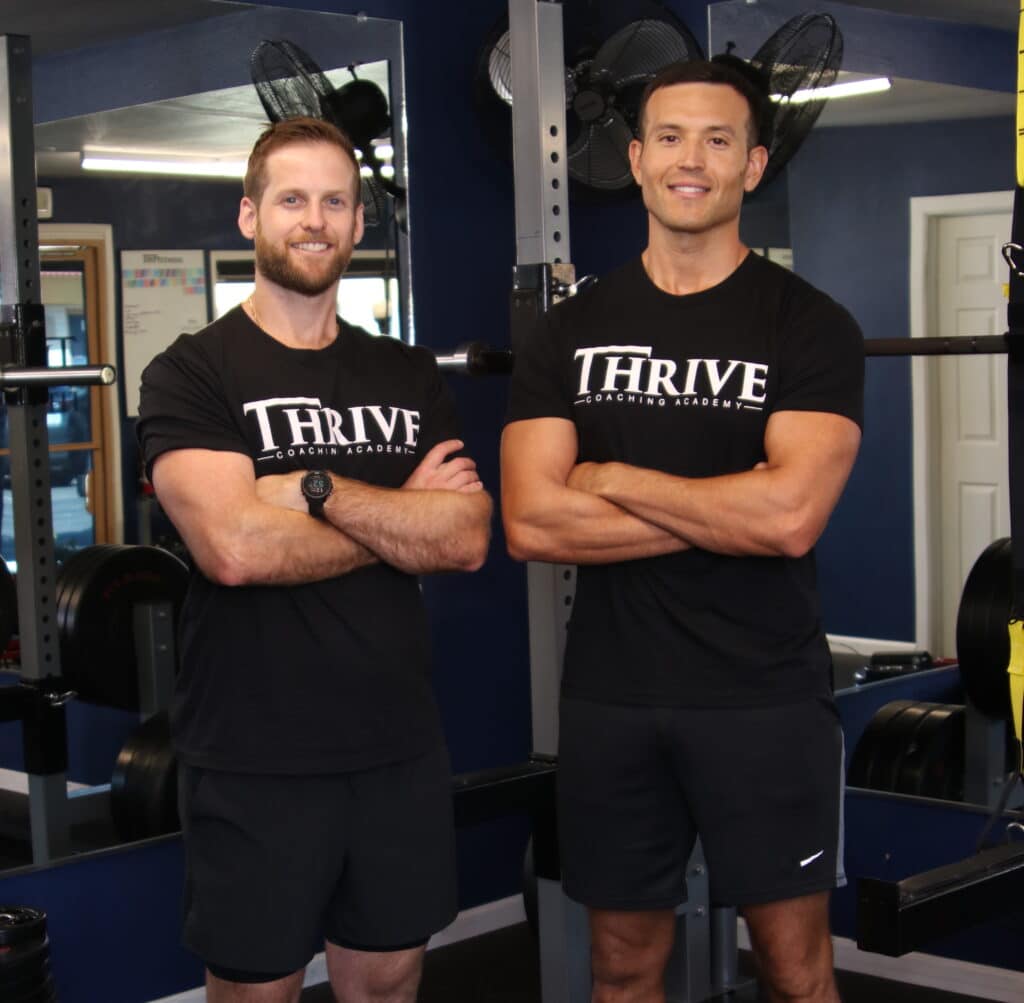
The Thrive Coaching Academy gives you everything you need to get in the best shape of your life.
Most people think that they just need to move more, eat less, and spend hours in the gym to improve their health.
NOT true.
No starvation necessary over here. No long, grueling workouts. We teach you how to NOURISH your body. We teach you how to work WITH your body.
Our clients love us because we help them get results without feeling like they’re on a “diet” or some unsustainable plan.
We completely transform your lifestyle through our mental, physical, and emotional coaching which will set you up for long-term success!
Real results.. from people just like you
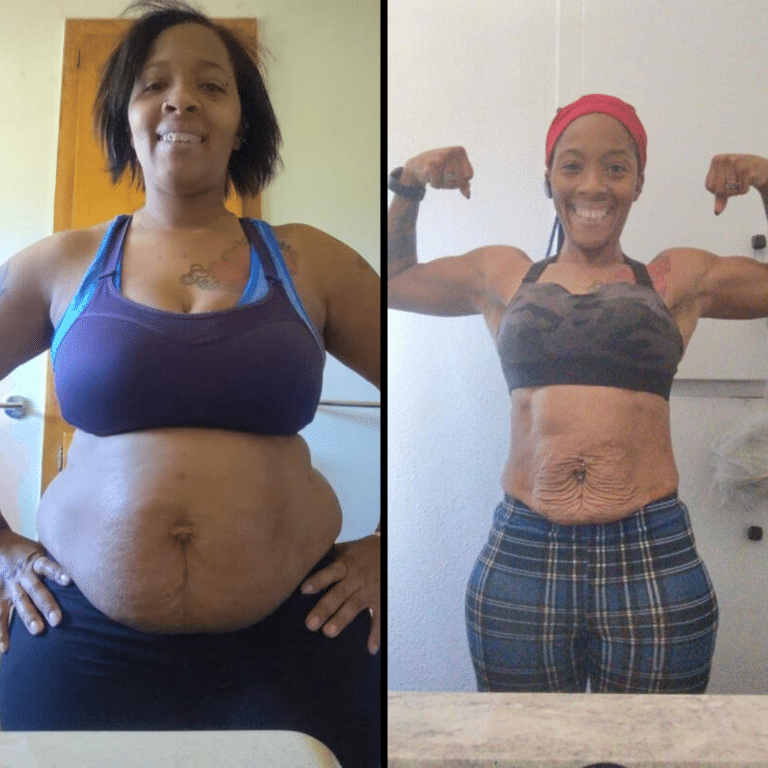


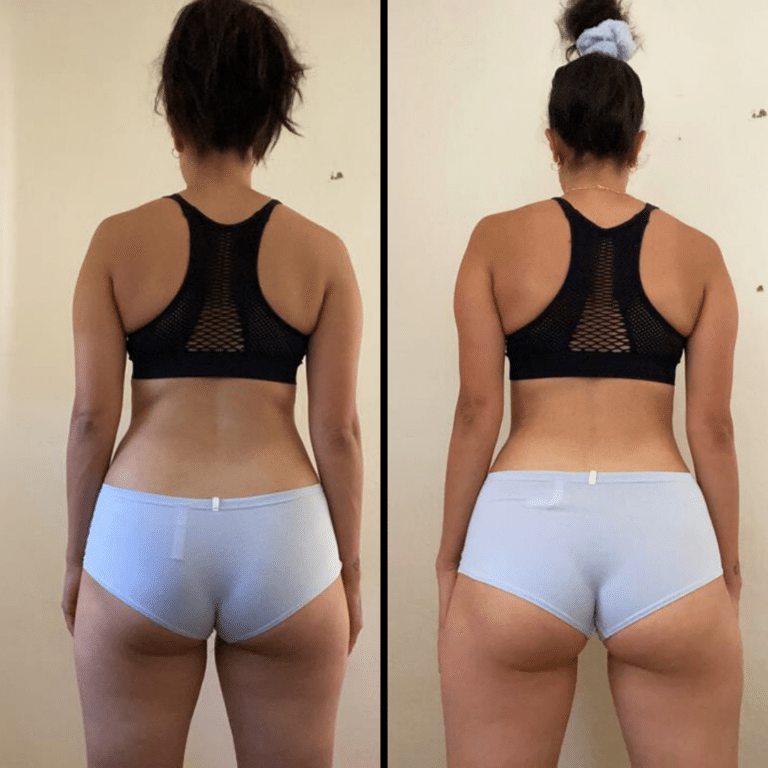

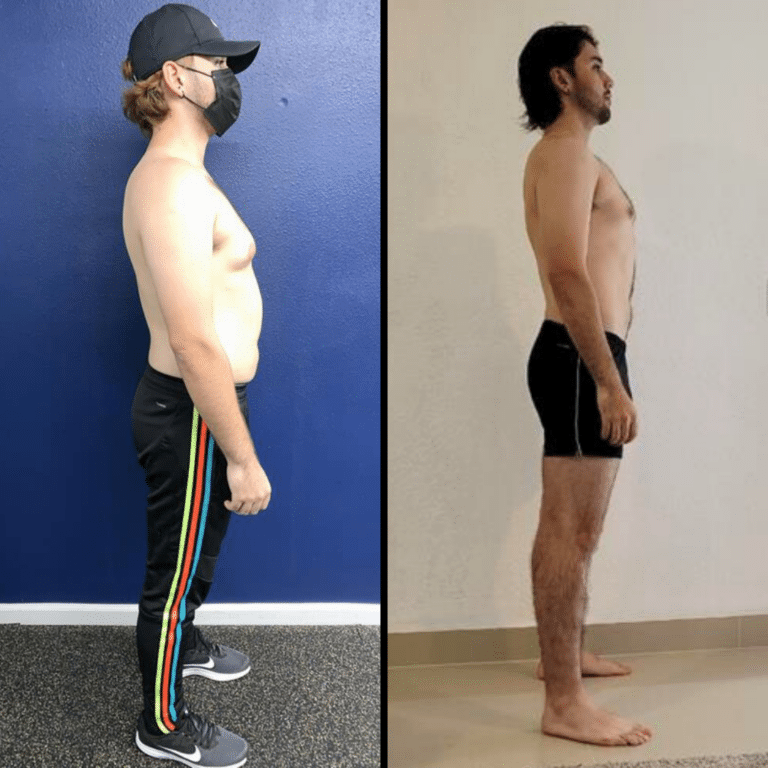

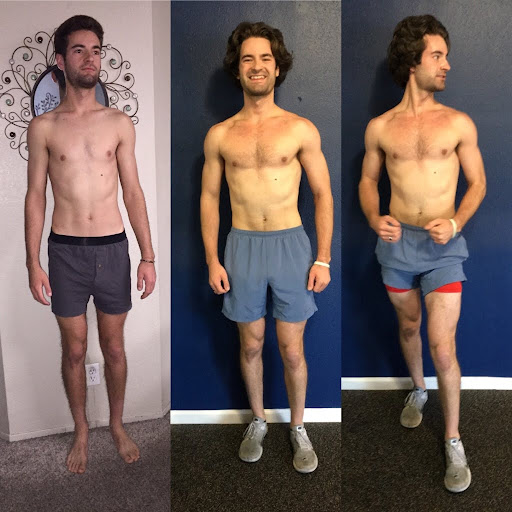
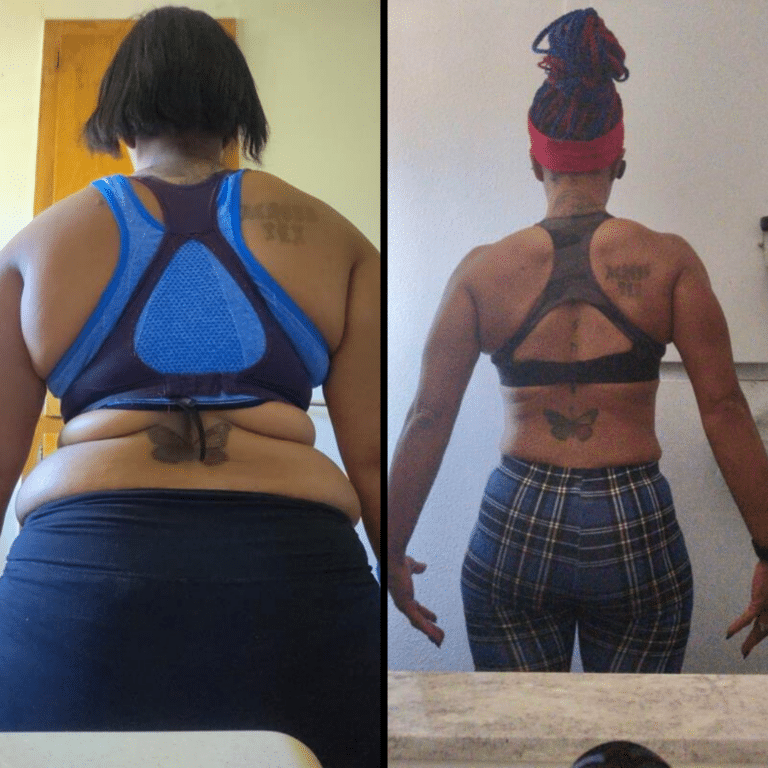
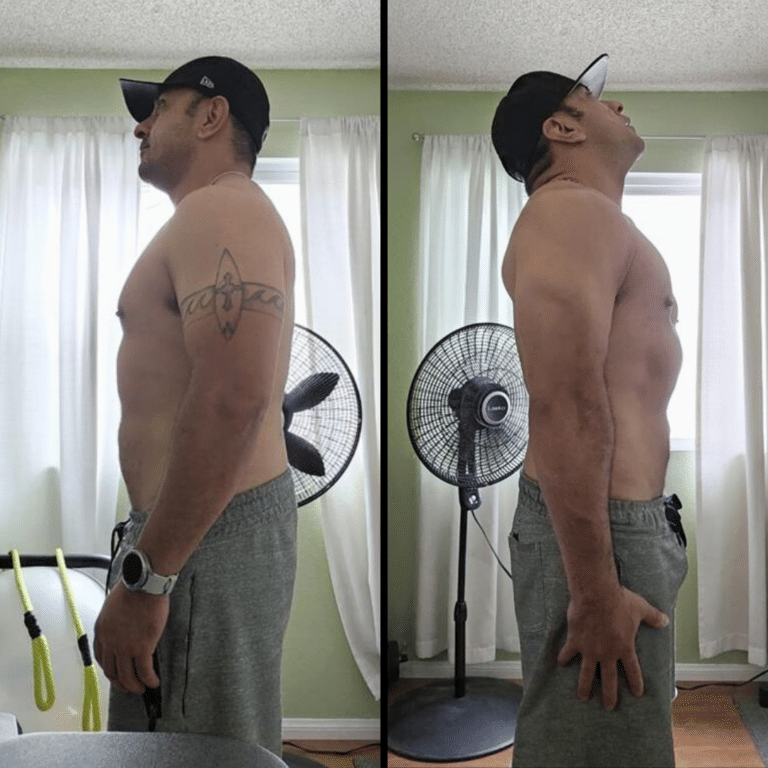

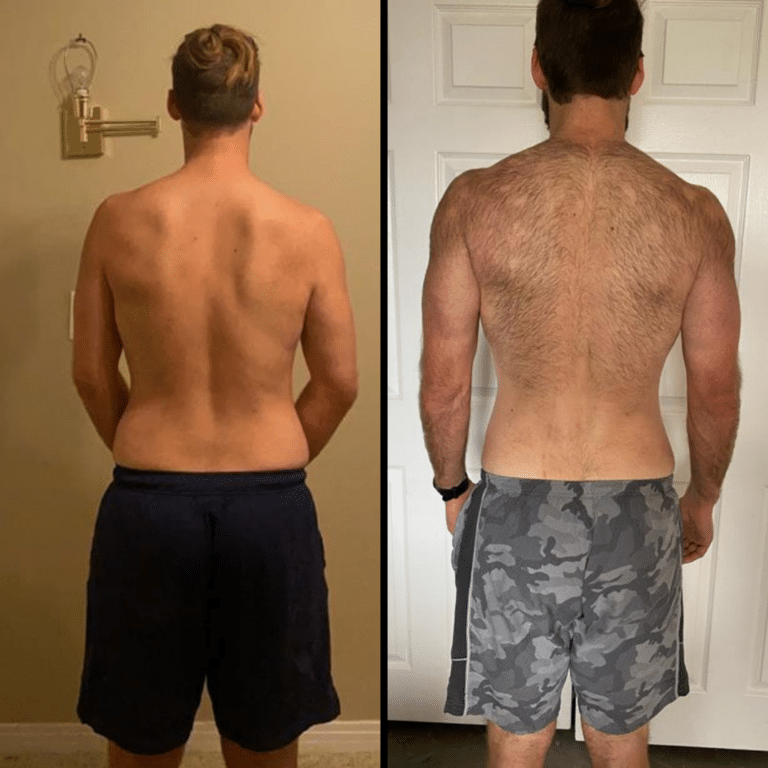

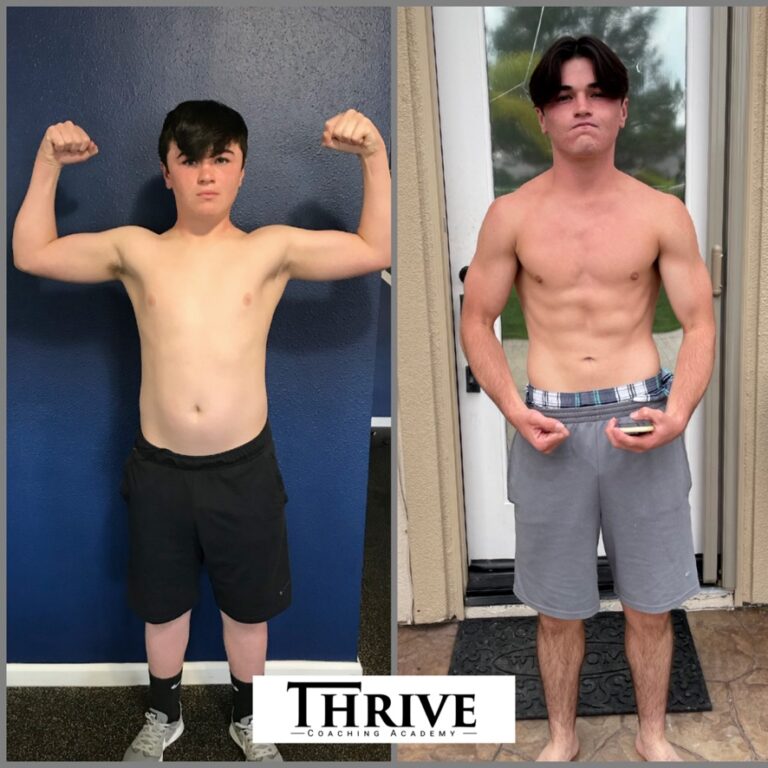











Here's what the program includes
HERE’S EVERYTHING YOU GET
PERSONALIZED WORKOUTS PROGRAMS
Have a clear and structured plan that will maximize your results.
EXCLUSIVE FB COMMUNITY
Feel the support and bonding of other individuals looking to grow like you!
Sustainable nutrition coaching
Ditch the fad diets and harsh plans and learn how to eat sustainably.
CUSTOM MOBILE APP
ACCESS
Take your coach with you anywhere you go with our mobile app!
1-ON-1 CHECK-INS
Experience the accountability and support you need to stay focused and motivated.
WEEKLY LIVE TRAININGS
Join your coaches while we teach you the principles of healthy living and eating.
Customized Meal Plans
Take the guesswork out of it and follow a plan that works for YOU!
FUN Monthly cHALLENGES
Win awesome prizes just for living the healthy lifestyle you desire.
ACCESS TO Workshops
Learn how to set goals, create vision boards, and advance your health and fitness knowledge.
Meet Our Coaches
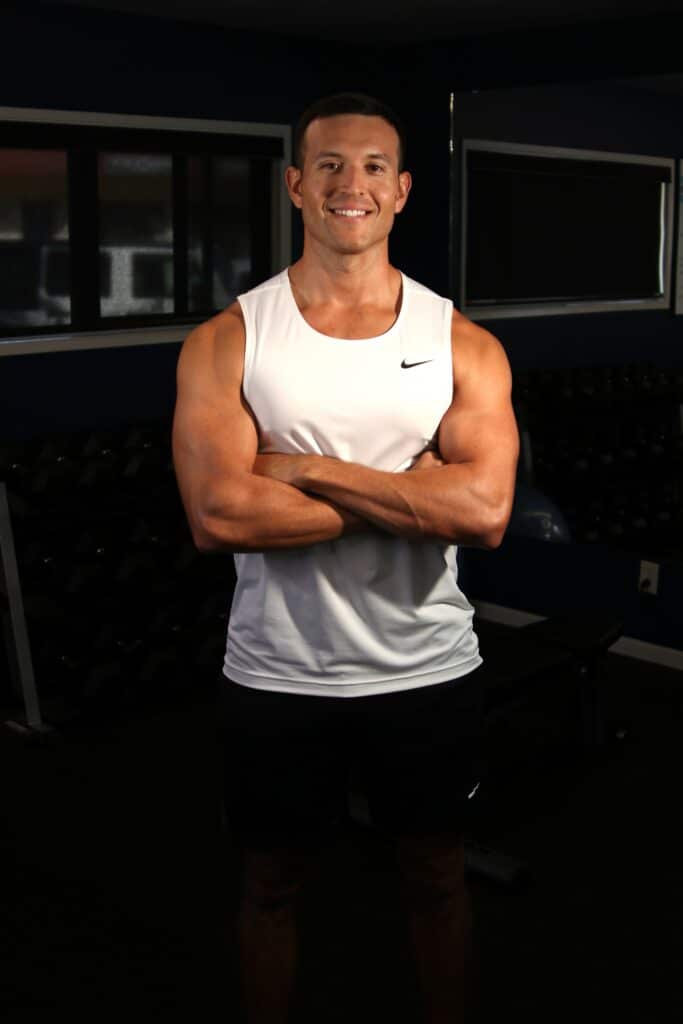
Coach Thomas
I’ve been in the health and fitness industry since 2013. I’ve worked with all different types of people and carry multiple training certifications and thousands of hours of experience. I know firsthand what it feels like to be overweight, out of shape, and unconfident. On the flip side, I know what it feels like to be in shape, strong, and confident. I have a deep burning passion to help other individuals achieve the same thing in the most safe and effective way. I started my health and fitness journey when I was only 7 years old. I disciplined myself to lose 11 pounds to make a pop warner football team. That set the stage for the rest of my life. Now it’s time to help you do the same! Let’s Thrive together!
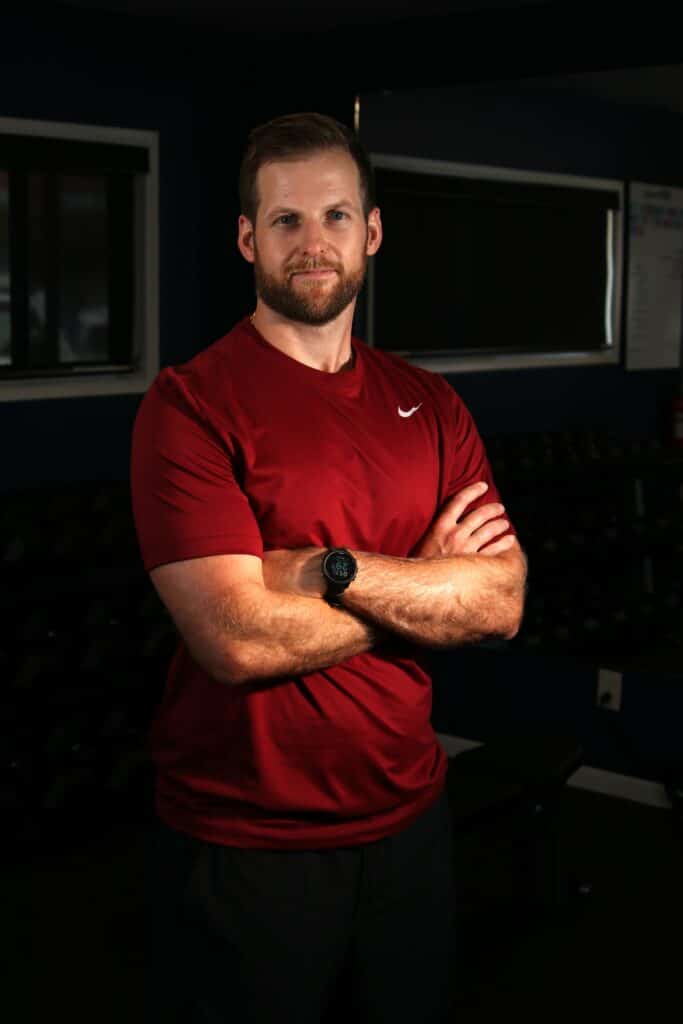
Coach Dan
Growing up, I struggled with my relationship with food. I used food as a way to cope with my emotions; consistently binging on all the wrong things. At my heaviest, I weighed 275lbs and felt uncomfortable in my own skin. I saw the trajectory of my life and the future scared me. From that moment, I became interested in nutrition and fitness. I made a commitment to eat healthy, strength train, change my habits and eventually lost over 100lbs!! Having first helped myself, I am now deeply committed to helping others achieve their own health and fitness goals. My coaching style and techniques revolve around producing results that LAST. My goal is to partner with you to find what will work best for your unique circumstances. Let’s Thrive together!
Who is this for?

My 1-On-1 Coaching is for you if...
- You're Frustrated: You're putting in the hours at the gym and being mindful of your diet, but the results aren't matching your effort.
- You've Hit a Plateau: No matter what you try, you can't seem to break through your performance and physique plateau. You're desperate for a change, but don't know what you're doing wrong.
- You Crave Efficiency: You don't just want results; you want the most efficient path to them. You're tired of one-size-fits-all fitness advice that doesn't respect your individuality.
- You Value Evidence: You're skeptical of fads and gimmicks. You want a program that's rooted in science, but flexible enough to fit your lifestyle.
- You're Eager to Learn: It's not just about the end result for you. You want to understand the 'why' and the 'how'—from the best exercises tailored for you to the intricacies of effort and intensity.
- You're Ready for the Long Haul: Quick fixes aren't your thing. You're ready for a sustainable transformation, both physically and mentally.
Apply Now!
Click Apply Now to see if you are a good fit to work with me
- Evidence-Based Approach
- Intelligent & Personalized Workout Programming
- Identify and Tackle Obstacles
- Growth Mindset Approach
- Online and Accessible
- App Access
- Regular Check-ins
- Program Tailored to You
- The Community and Beyond

1-On-1 Coaching Application
Spots in our program are limited. Please click below and fill out an application if you are interested in working with us.
Customized Workouts
Personalized Nutrition
Support & Accountability
Check out just a few of our client results!

Don't struggle on your own!
FAQ's
We have options for all budgets so it just depends! Most of our clients actually learn how to start SAVING money once they discipline their lifestyle. Our coaching is going to be more flexible, affordable, and effective than in person training. It’s time to invest that money in the right areas to start Thriving!
You can experience results in as little as 15 minutes per day! Everyone is different though. Everyone’s schedule is different. We program in the right strategy for you based on your schedule and time available. Most workout sessions are around 30 minutes long.
If you’re working out at home we recommend a simple set of resistance bands. This can get you a long way! If you have the ability to invest in some light dumbbells that’s a great investment. In general, if you’re doing home-based workouts, resistance bands and some light dumbbells can take us very far!
You can definitely still work towards your health and fitness goals while traveling. Taking care of your health and fitness when you’re traveling is an amazing opportunity to learn. If you quit every time you’re traveling or go out of town, you’re most likely not going to see the sustainable results you want. We teach you the best strategies to maintain your exercise, nutrition, and mindset during these times.
Convenient travel snacks include whey protein, protein bars, rice cakes, turkey jerky, lean Deli meat, Greek yogurts, oats, fresh fruit, etc.
We work with many plant-based eaters that get great results! We will teach you what foods to consume more of, what foods to consume less of. And how to maximize your calorie and protein intake based on your preferences.
We work with clients that have all different types of food intolerances. whether it’s lactose, gluten, shellfish, etc. We will customize your meal plan to include the foods that you like and enjoy. We’ll teach you how to dial in a nutrition routine that works well for you and YOUR preferences.
We teach you how to have flexibility and how to enjoy the foods that you eat. Everyone is different, so we help you learn how to maximize your breakfast, lunch, dinner, and snack routines for maximum enjoyment and efficiency. When it comes down to it though, you will have to improve the quality of your foods and limit your intake of processed and junk foods for true health. You can definitely enjoy some guilty pleasures though!
We encourage our clients to check their body weight daily so that we can take a weekly average of where they’re at. The body weight will fluctuate due to many factors like stress, sleep, nutrition, hydration, and hormones. Performing a consistent weigh in will help us understand where you’re truly at which will help us give you better results.
To maximize your progress It’s recommended that you don’t drink while dieting. If you do decide to drink, we encourage you to not exceed 1 to 2 drinks per week. Alcohol will negatively affect your sleep quality, your metabolism, and your muscle building hormones.
There are no refunds or exchanges on our products or services. All sales are final. No exceptions. Once you’ve made the commitment to work with us, we’re going to do everything in our power to ensure you are successful in reaching your goals.
